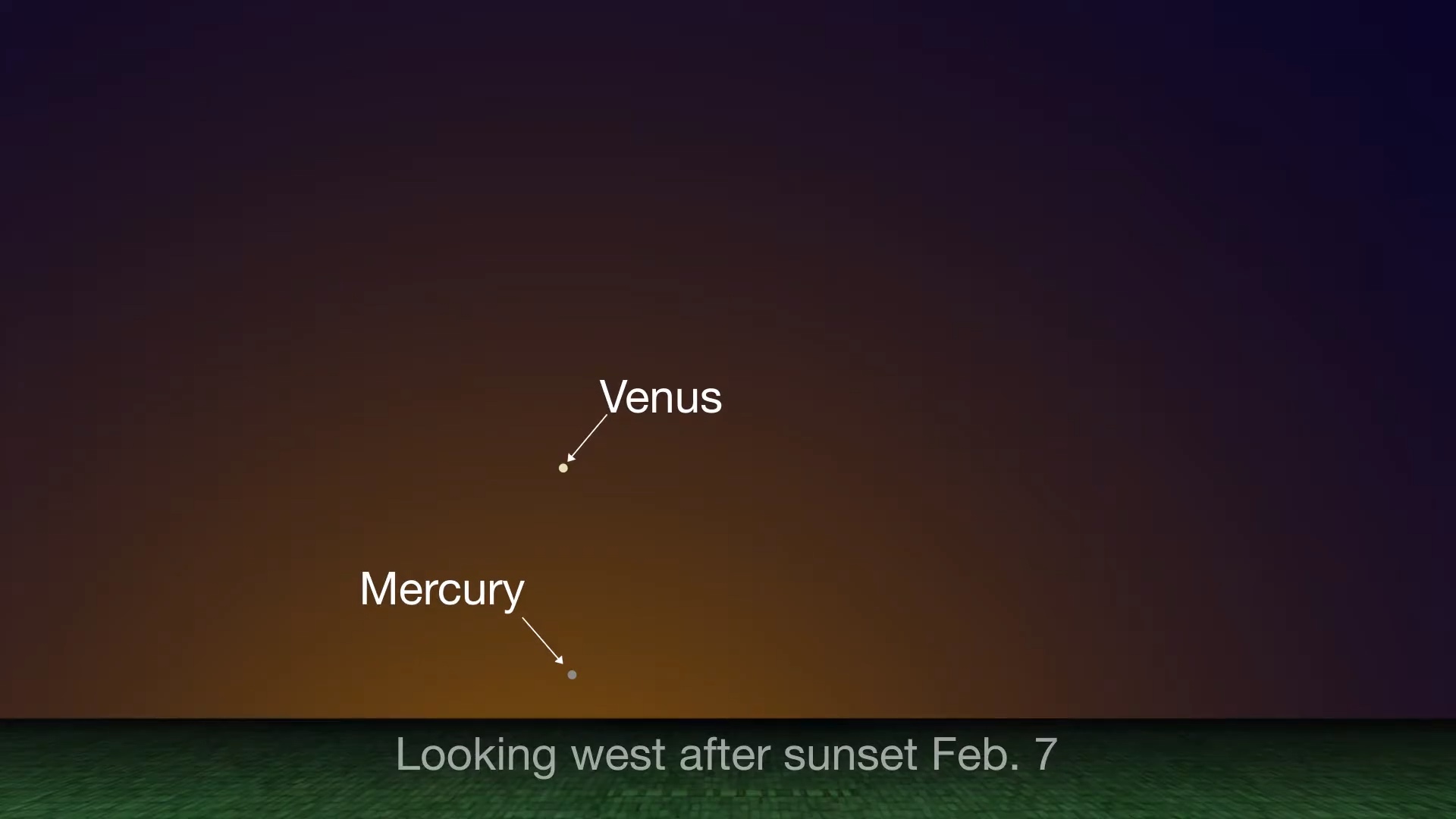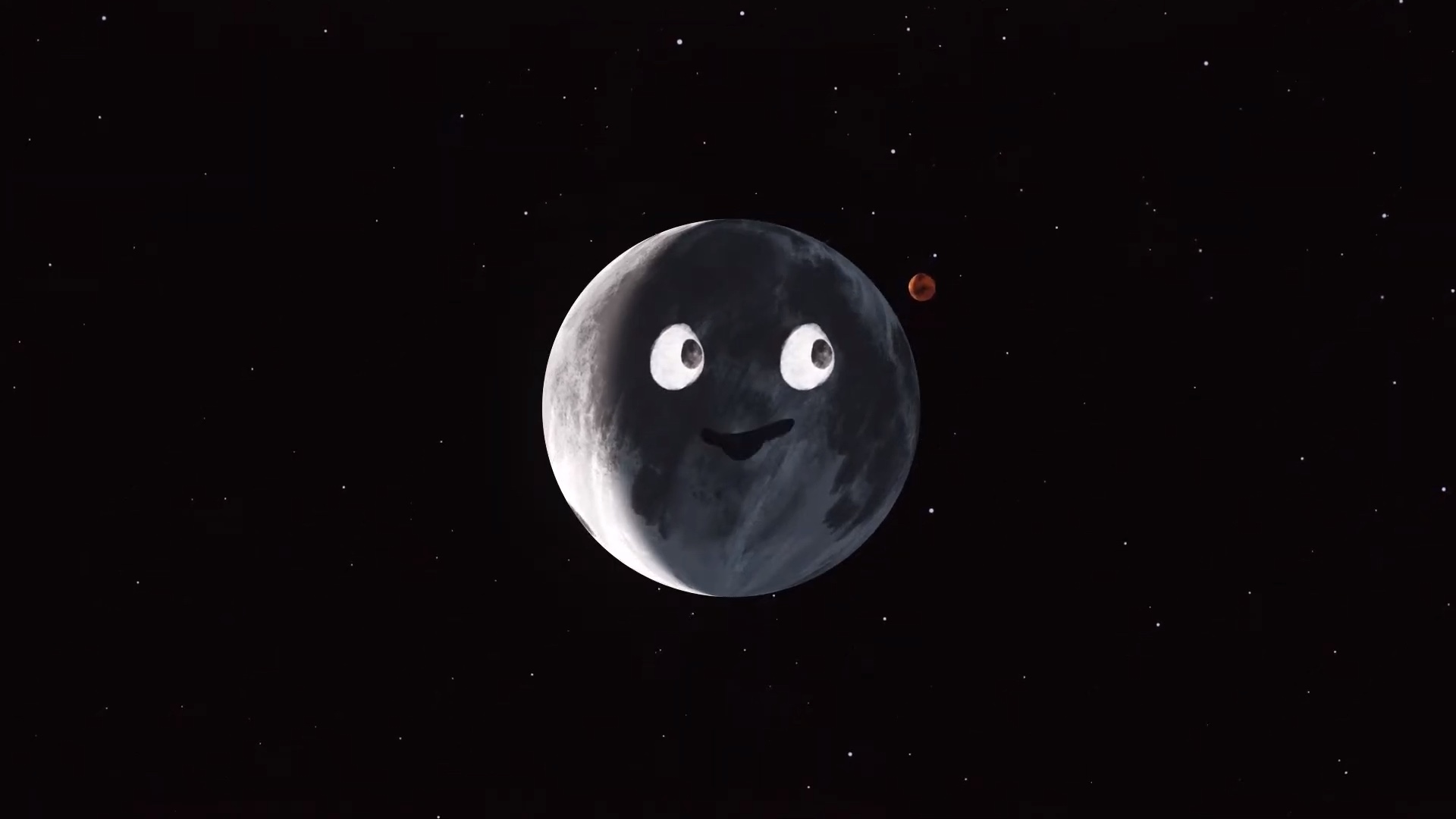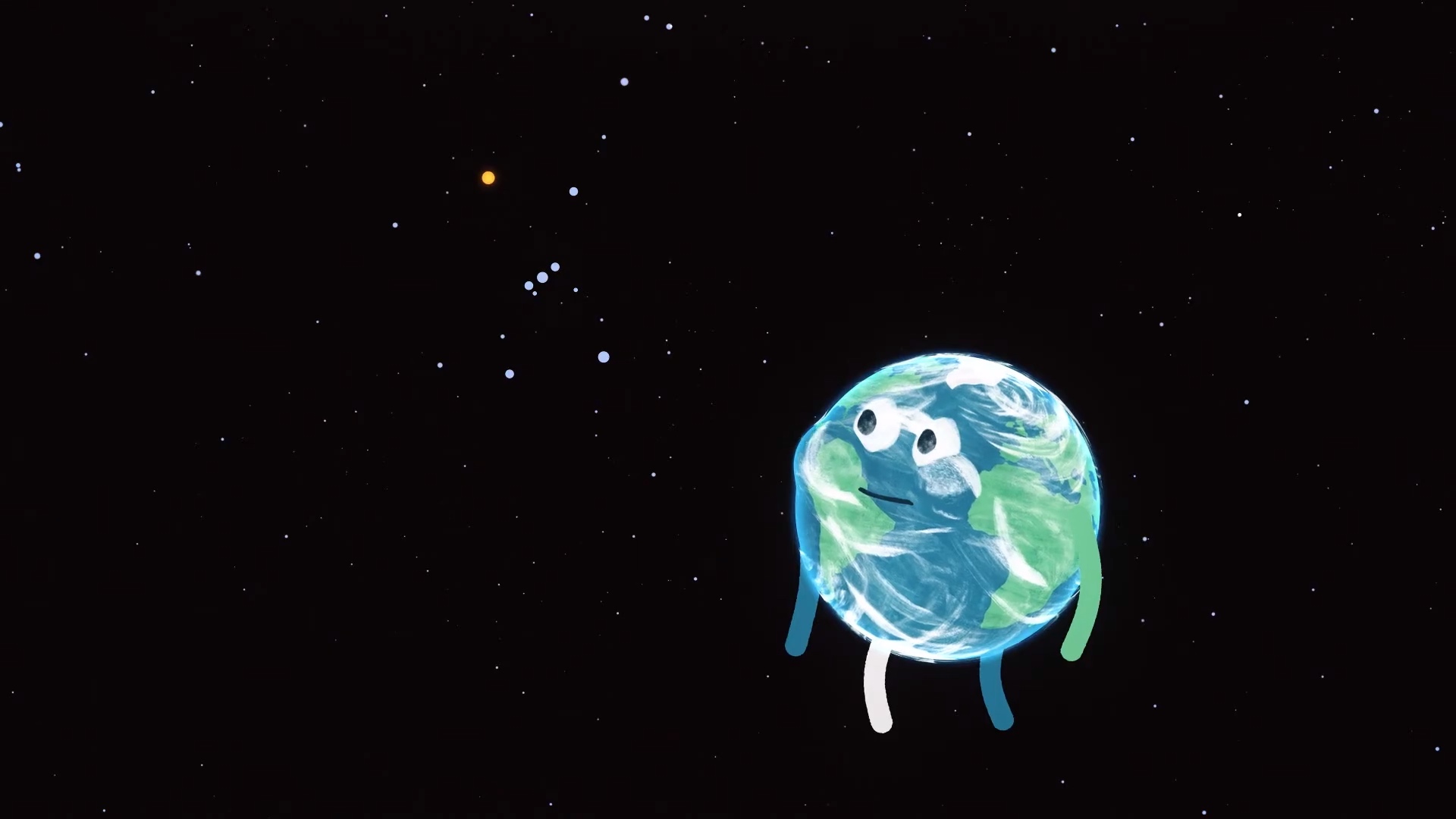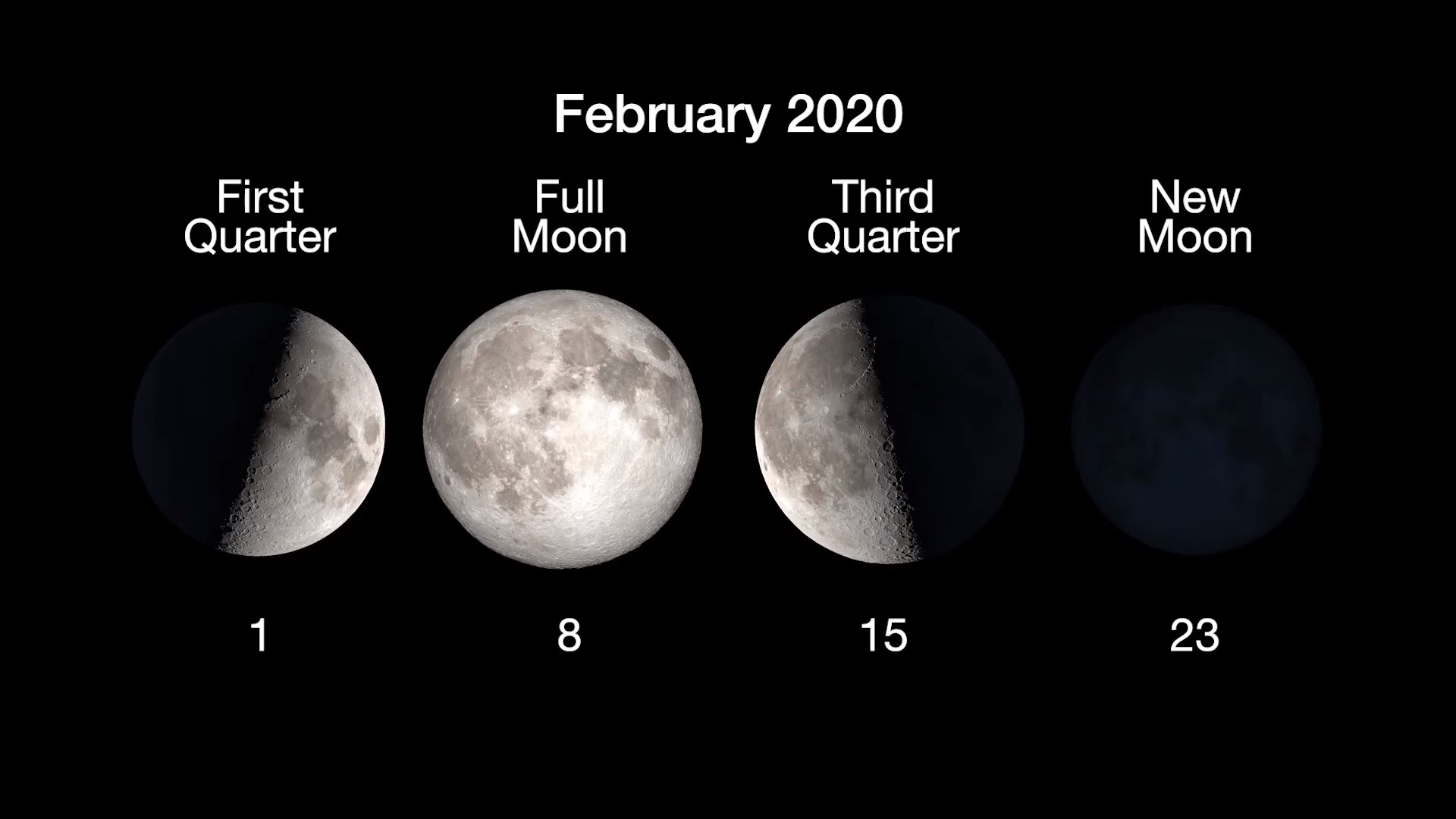What’s Up: February 2020 [Video]
| Credit | NASA/JPL-Caltech |
|---|---|
| Language |
|
Looking for astronomy highlights for February 2020? This month is the best time of the year to try to view Mercury, soon after sunset; Mars disappears behind the Moon on Feb. 18; and the bright red star on Orion’s shoulder, Betelgeuse, has been acting weird. (Or has it?)
› Details and Sky Charts
Transcript
What's Up for February? The best time to spot Mercury, Mars disappears, and what's going on with Betelgeuse? The first week or so of February is a good time to try and spot the planet Mercury. The innermost planet will be at its highest elevation above the horizon for the year, for viewers in the Northern Hemisphere.

Look very low in the west about half an hour after sunset. The best viewing is at the end of the first week, around February 6th and 7th, when the planet will be at its brightest.
On the morning of February 18th, skywatchers in North America can watch as Mars disappears behind the Moon for about an hour, in an event called an occultation.
Moon-Mars occultations are visible from somewhere on Earth about twice per year. But like eclipses, you have to be in the right place at the right time to catch them. The pair have to be high enough in the sky to be easily seen, and if it's after sunrise where you are, you'll need a telescope.

For viewers in the Eastern time zone, the occultation begins soon after local sunrise, but you may be able to see Mars disappearing behind the Moon with a telescope or good binoculars. And it's still worth looking just before dawn to see Mars extremely close to the crescent Moon.
Observers in the Central time zone will be able to watch the beginning of the occultation in the predawn sky, as Mars slips behind the Moon. The end of the occultation takes place after sunrise for you.
The Mountain time zone has the best viewing, as both the beginning and end of the occultation take place in your sky before dawn. (Although the pair will be close to the horizon at the start of the event.)
And in the Pacific time zone, you'll be able to see the end of the occultation, as Mars pops back into view from behind the Moon's dark side. You'll just need a clear view low in the southeast sky to see it.
Finally this month, there's been lots of interest lately in the left shoulder of Orion — specifically the bright, red giant star known as Betelgeuse.
In late 2019, Betelgeuse — which is normally one of the brightest stars in the sky — dimmed quite a bit. Since this massive star is known to be of the type that eventually ends its life in a supernova explosion, many folks have wondered if the recent dimming is a warning that Betelgeuse is about to blow.

Well…astronomers say, "Don't hold your breath." Although it could explode tomorrow, astronomers think it's more likely to happen on a longer timeline, probably more like 100,000 years from now, and it's unlikely to signal its demise in advance.
Fortunately, Betelgeuse is far enough away that when it does go supernova, we won't experience any negative effects from it, like radiation. But it will be quite brilliant in the skies for weeks.
Here are the phases of the Moon for February.

You can catch up on all of NASA's current and future missions at nasa.gov.
I'm Preston Dyches from NASA's Jet Propulsion Laboratory, and that's What's Up for this month.
